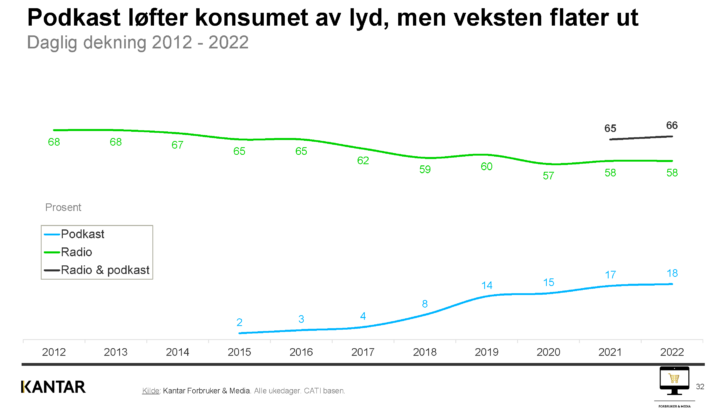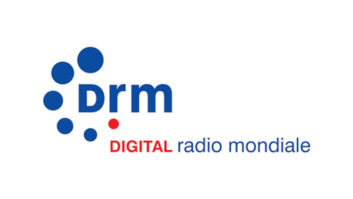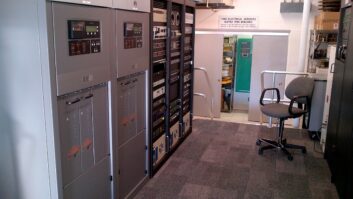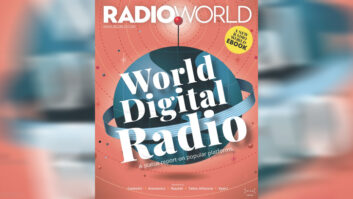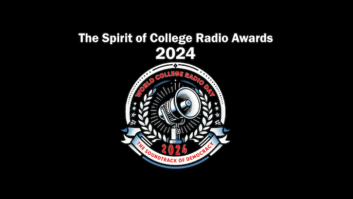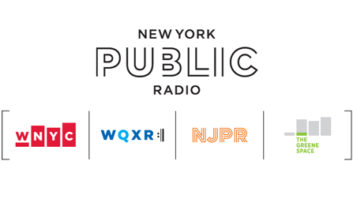Listening figures show that Norwegians have adapted well to a digital radio landscape since the switch-off of national FM broadcasting at year-end 2017.
Across the country, 97% of national radio listening is via digital platforms, with the remaining 3% belonging to small, local FM stations that are still broadcasting analog signals. Seventy-two percent of Norwegian households have at least one DAB+ receiver and 99% of households have access to either DAB+ or IP-based digital radio.
These measurements come from Nielsen PPM 2022 data, along with information from Kantar and the Norwegian Media Authority, according to a media release from Digitalradio Büro Deutschland in Germany.
The release noted that the number of national radio stations in Norway has increased nearly sevenfold — from five analog national channels in 2017 to 33 on DAB+ today. About 36% of listeners now tune regularly to DAB+ stations that never aired on analog FM.
With these new stations have come new audiences and revenue. According to Forbruker & Media CATI and Kantar Media, the operating profit of the private radio stations has doubled from around €5.5 million in 2010 to €11.03 million in 2021, while the operating profit for local FM stations fell from about €800,000 in 2019 to losses of about €300,000 in 2021, according to the media release citing The Brønnøysund Register Center and Norsk Lokalradioforbund.
Although competition from social media, the internet, and other channels has led to an overall decrease in radio listening since 2010, the decline has been less steep for radio than television, according to a presentation by Kantar’s Knut-Arne Futsæter at the March 2023 Lokalradioforbund conference. Futsæter noted that overall the daily reach for radio has fallen 10% from 2012 to 2022, from 68% to 58%; however, much of that loss has been to podcasting. When audio listening as a whole is considered (radio + podcasts), the decline is only 2%.
